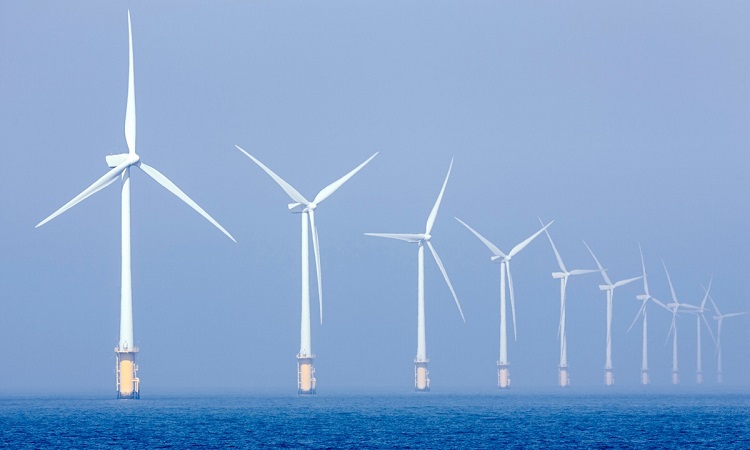At Dogger Bank, UK, construction of the world’s largest offshore wind farm will begin in a few months. Ultimately, these facilities will be able to supply electricity to more than six million UK homes.
The United Kingdom has for several years been the world leader in offshore wind power, now capable of supplying 4.5 million British households per year. However, the country does not intend to stop there. The energy group SSE and its Norwegian partner Equinor are preparing to start construction of what will be the largest offshore wind farm in the world. The two groups announced Thursday, November 26 that they had validated the investment decision.
A three-phase project
This wind farm will be developed in three stages: Dogger Bank A, Dogger Bank B and Dogger Bank C. Financing for the first two phases of the project will cost six billion pounds (approximately 6.7 billion euros). Ultimately, the overall project is expected to cost nine billion.
The project will be established at Dogger Bank, an isolated sandbank found in the central and southern North Sea covering British, German, Danish and Dutch waters. The region linked the UK to mainland Europe before the last ice age.
The largest wind turbine in the world
This offshore park will also be the first to feature General Electric’s (GE) Haliade-X, the largest wind turbine in the world. Each structure will have a 220-meter rotor, 107-meter-long blades and 38,000 m3 of wind resistance. Overlooking the sea at 260 meters high, each of these wind turbines, which will be almost the size of the Eiffel Tower, will have a capacity of twelve megawatts. It is estimated that one rotation of the Haliade-X will power a UK home for two days.
Note that each phase will have an installed generation capacity of up to 1.2 gigawatt (GW). When completed, Dogger Bank will power up to six million homes per year in the UK, equivalent to 5% of the country’s electricity demand.
As a reminder, the United Kingdom is aiming for carbon neutrality by 2050. This wind power project thus integrates the “Green Industrial Revolution” plan recently promoted by Boris Johnson, which aims to boost the renewable energy sector. The aim will be to quadruple current production to 40 gigawatts by 2030. As a reminder, the British government recently announced its intention to go without coal entirely by 2025.
Among other important measures, it will also be banned from selling new petrol and diesel vehicles in the UK from 2030.

Email: colin@satprwire.com Phone: +44 20 4732 1984
Colin has been working in the business industry for quite a sometime and he recently made the decision to become a full-time business journalist. At Daily Research News, he also helps us take care of the business writing.



